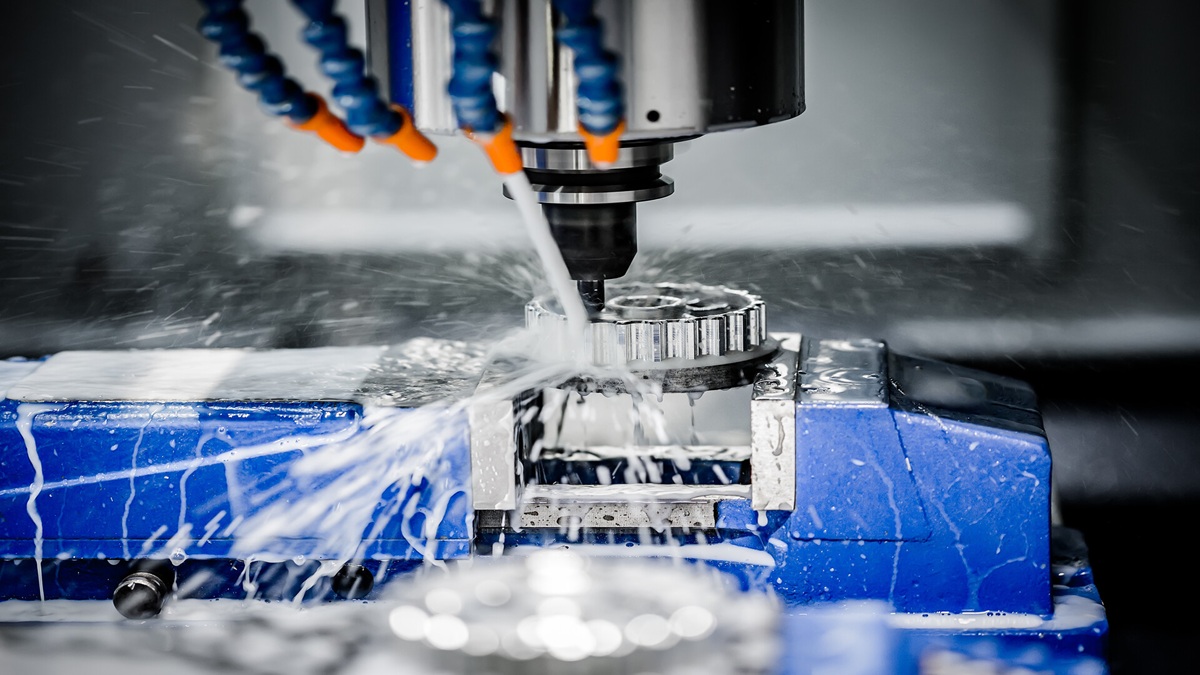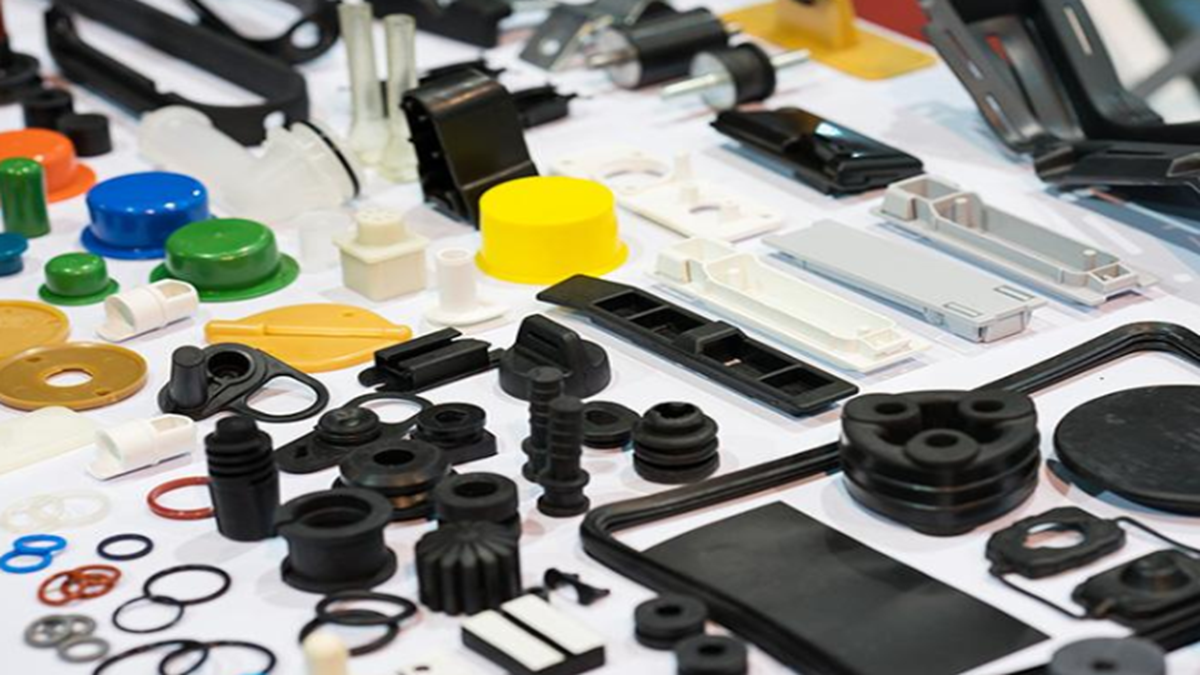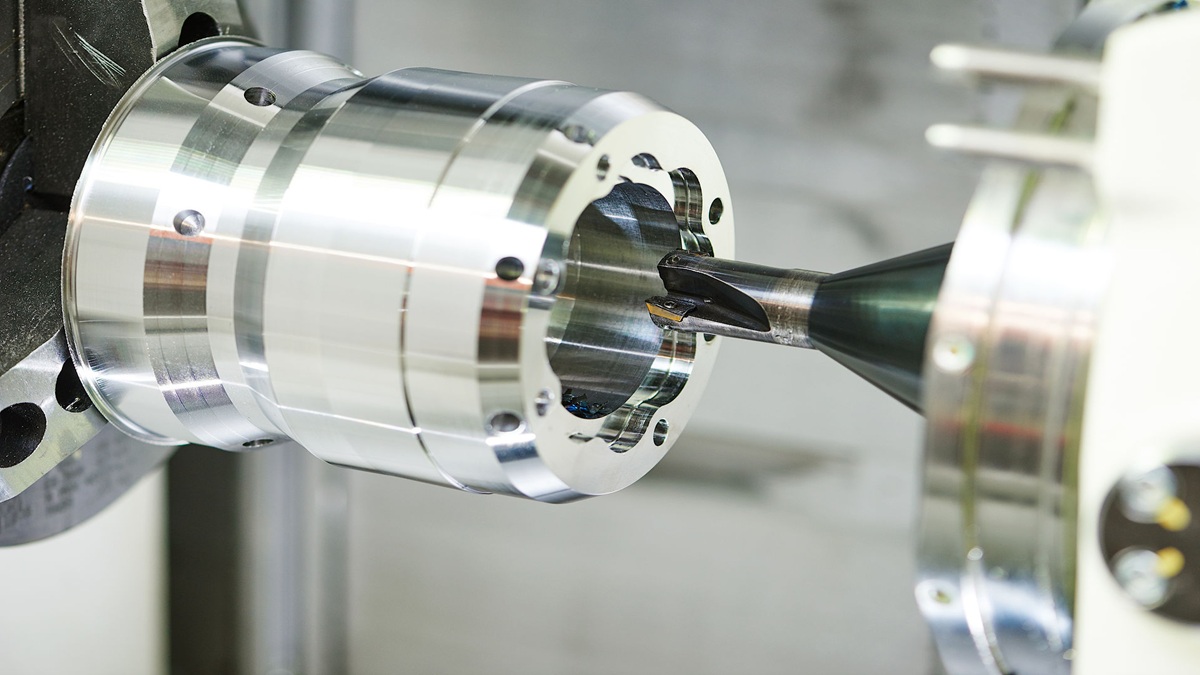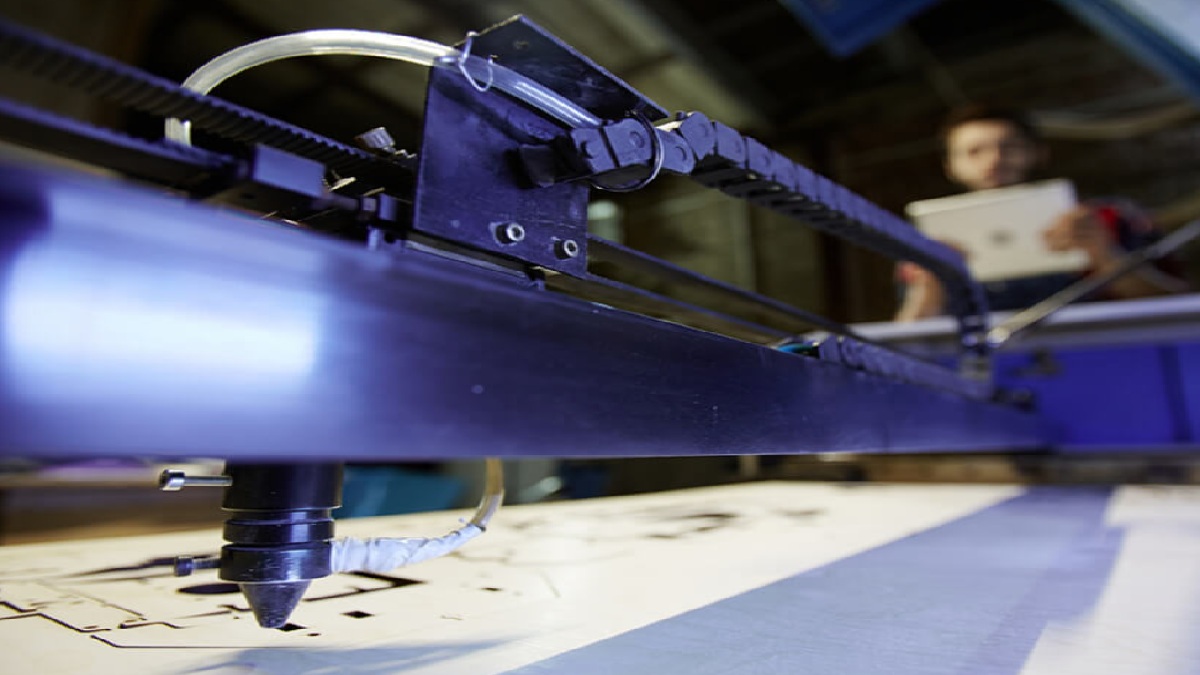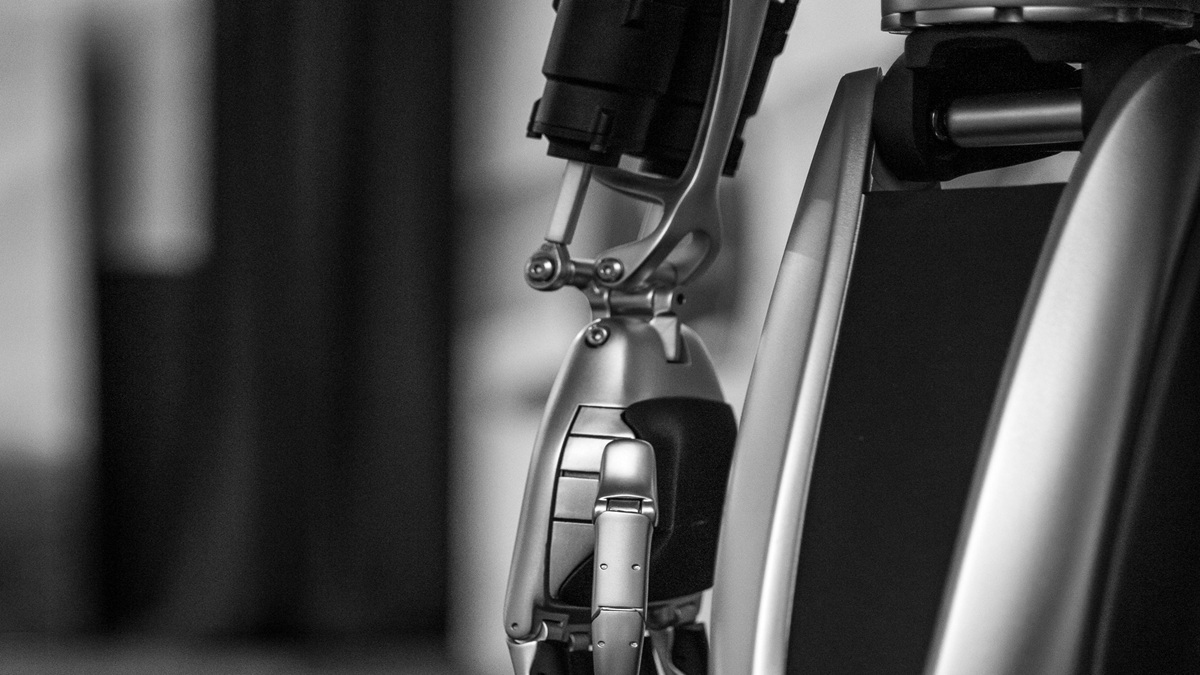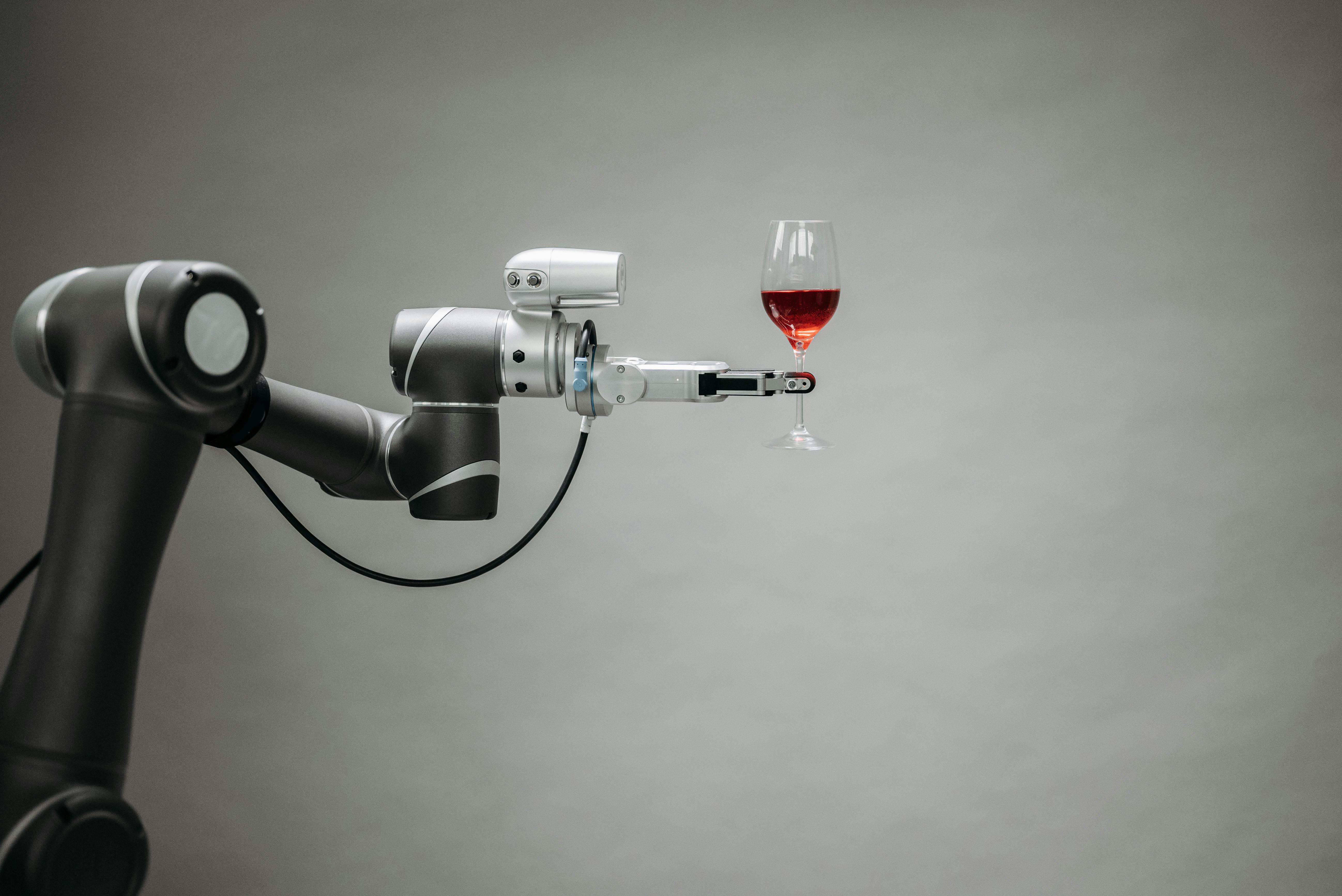Insights
Machine tools are the cornerstone of modern manufacturing, holding an irreplaceable role in core industries such as aerospace, semiconductors, medical equipment, and renewable energy. As product designs become increasingly sophisticated and quality standards grow more stringent, traditional machining approaches are no longer sufficient. For this reason, the precise planning provided by CAD/CAM software, together with the stable high-speed cutting power of direct-drive spindles, has emerged as the foundation of high-precision machining. This article explores the synergy between software and hardware — from the digital blueprint created by CAD/CAM, to the precise execution enabled by direct-drive spindles, and finally to closed-loop control and global application trends — offering a comprehensive perspective on the technological developments shaping the machine tool industry.
2025-08-20 14:44:45
Rubber and plastic are both polymer materials, but they differ in origin and characteristics—and their environmental impact after disposal is significant. In response to sustainability challenges, the industry is beginning to optimize processes and materials from the production side, moving toward eco-friendly manufacturing. Taiwan-based Sanhao Rubber has started implementing automation and renewable energy solutions to promote green production and boost competitiveness, demonstrating its dual commitment to both technology and sustainable development.
2025-08-20 14:54:13
Since the second quarter of 2025, international cotton futures prices have shown a significant upward trend, creating ripples throughout the global textile supply chain. In the face of this unprecedented market shift, textile companies are grappling with immense cost pressures and operational challenges. This article aims to provide a deep dive into the current state and underlying causes of this cotton price surge, its far-reaching impact on the industry, and offer concrete, actionable strategies and future transformation directions to help businesses effectively manage risk and maintain a competitive edge.
2025-08-20 14:38:50
In modern manufacturing, materials science has become a critical factor in industrial competitiveness. The widespread adoption of advanced composites and aluminum alloys has not only transformed the design of high-performance sport engines but also propelled technological advancements in the automotive, aerospace, and high-performance industrial equipment sectors. These two material categories, due to their unique properties, demonstrate significant trends and value across diverse manufacturing applications.
2025-08-20 14:41:23
Choosing the right CNC machine tool is essential for efficient and precise manufacturing. Instead of focusing on price or brand alone, consider your machining needs, including workpiece size, complexity, material, and automation requirements. This guide helps you select the ideal CNC machine for your production goals.
2025-08-20 14:06:48
As the global manufacturing and logistics industries rapidly transform toward intelligence and sustainability, intelligent automated warehousing and smart logistics systems have become core technologies enabling enterprises to improve operational efficiency, reduce costs, and enhance market competitiveness. Tailift Co., Ltd., with over 50 years of rich experience, focuses on technological innovation in automated warehousing and logistics systems, continuously providing precise digital transformation solutions to clients across various industries. From high-performance warehouse design to fully automated logistics operations, Tailift is leading technological innovation in the industrial field.
2025-08-20 13:45:41
As the world increasingly focuses on sustainable development, SDGs (Sustainable Development Goals) and ESG (Environmental, Social, and Governance) have become central frameworks for business development. While neither is legally binding on its own, governments and international organizations are gradually using legislation, policies, and regulations to push companies to integrate sustainability goals into their operations. For manufacturers, particularly those exporting products abroad, adhering to these frameworks has become crucial.
2025-08-20 11:29:59
Amid the global wave of intelligent manufacturing and low-carbon transformation, Yen Shen Electric Industrial Co., Ltd. centers on motor design, drive control, and energy efficiency integration to steadily promote industrial upgrading. Upholding the philosophy of "integration, simplification, and innovation," Yen Shen focuses on synergistic design of motors and controllers, assisting industries to implement high-efficiency, low-energy-consumption intelligent power solutions, offering tangible support for energy-saving manufacturing.
2025-08-20 11:26:33
Imagine walking into your kitchen in the morning and seeing the robotic arm of an automatic coffee machine steadily grasping your cup, or observing a robot arm in a warehouse rapidly and precisely moving boxes. Behind these smooth movements, it is not just motors or programming at work; structural components quietly provide critical support. Frames, brackets, and housings do more than maintain the skeleton—they carry high-precision gears and bearings, distribute motion loads, protect internal systems, and ultimately allow the robot to move as naturally and steadily as a human hand.
2025-08-20 10:36:52
In industrial automation and smart manufacturing, the ability of robotic arms to rotate as fluidly as a human wrist is not the result of a single component, but rather the synergy of two critical “invisible parts”: gears and bearings. Together, they form the core of robotic joints, ensuring every motion is both precise and smooth. These components, however, are not simply shaped from raw steel; they are the outcome of multiple sophisticated processes—CNC machining, heat treatment, and precision grinding—to meet the highest standards of accuracy and durability.
2025-08-20 10:06:45
Hot Topic
Agree

